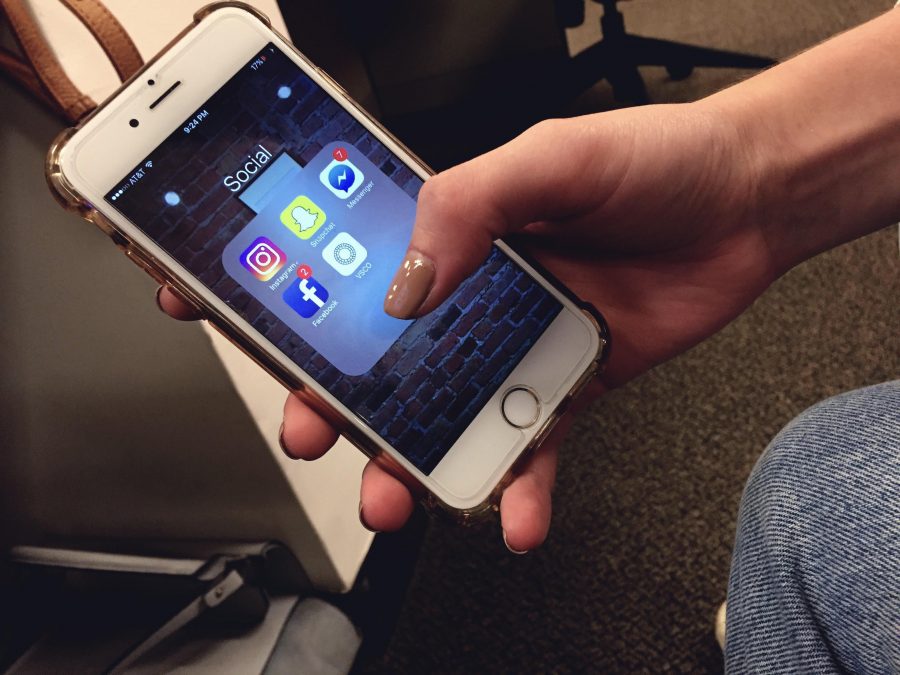Texting is undoubtedly the comfort zone of communication. Being able to hide behind screens plan out messages allows for crafted conversations with perfectly timed jokes and thought-out emojis. However, among the sea of smiley faces, acronyms and lingo, it can be hard to decipher the meaning behind an iMessage. Luckily, there are patterns that can easily categorize us into the type of texters we are. Here are some of the most dominant:
The Emoji Texter
Last year, over 900 million emojis were sent every day without text — you can thank the emoji texter for this surplus of emoticons.
“I always make sure to include emojis in my texts, because I think it’s a great tool to express yourself beyond words,” CAS first-year Karen San Agustin Ruiz said. “It depends who I am texting and why, though.”
These texters often have an arsenal of emojis ready at their fingertips. Some iconic choices beyond the typical laughing face include the smiling cowboy, black heart and peering eyes.
CAS senior Tiffany Zhang has a go-to emoji that comes in handy when words fail her.
“My most frequently used emoji is the ‘slightly smiling face,’” Zhang said. “Probably because most of the time my tone is sarcastic – but not in a bad way.”
The One-Word Texter
Efficiency. Brevity. Clarity. Some find that peppering texts with single words is the most productive way of communicating. The typical one-word texter is probably on the run or too busy to flesh out their ideas in full-fledged sentences.
“I like being direct with messages – quick and to the point,” Stern first-year Josh Williams said. “It’s just more convenient in my day-to-day life.”
While it may be hard at first to communicate with this kind of texter, we could all learn something from removing the nonsense and getting down to business.
The Paragraph Texter
On the opposite side of the spectrum, there are those who take several sentences per-text to convey their thoughts. Call it free-form poetry or ranting — these texts might bury yours in a sea of words.
“The length of my response depends on the topic,” Zhang said. “I personally always prefer to elaborate on things as much as possible. This is probably because I’m a Virgo, so I feel compelled to do that.”
The Lowercase Texter
Others believe importance lies in how the text looks rather than what it says. The lowercase trend includes using breaks, limited punctuation and few capitals. Some students like CAS first-year Jean Park argue this type of texting is more appealing to the eye.
“I like the uniform aesthetic of typing in lowercase,” Park said. “It’s cute, youthful and matches my personal aesthetic of being minimalist.”
As for punctuation, she feels that less is more.
“A period can sometimes overdo it,” Park said.
The Multilingual Texter
Changing languages mid-text may seem like a flex to those who only have one mother tongue, but it is out of comfort that some students tend to switch back and forth. Stern first-year Carlos Figueroa said it’s easier not only for himself but for others that he typically texts.
“I normally go back and forth with English and Spanish when I’m talking to people who are fluent in both languages,” Figueroa said. “It allows people to express themselves better.”
Email Maria Olloqui at [email protected].


























































































































































